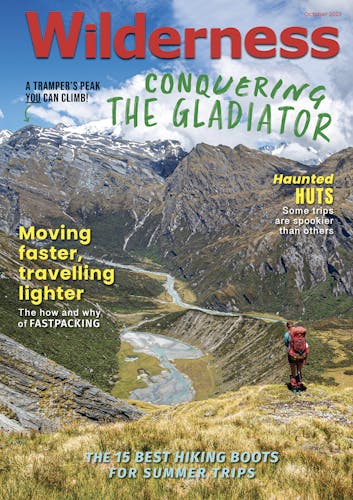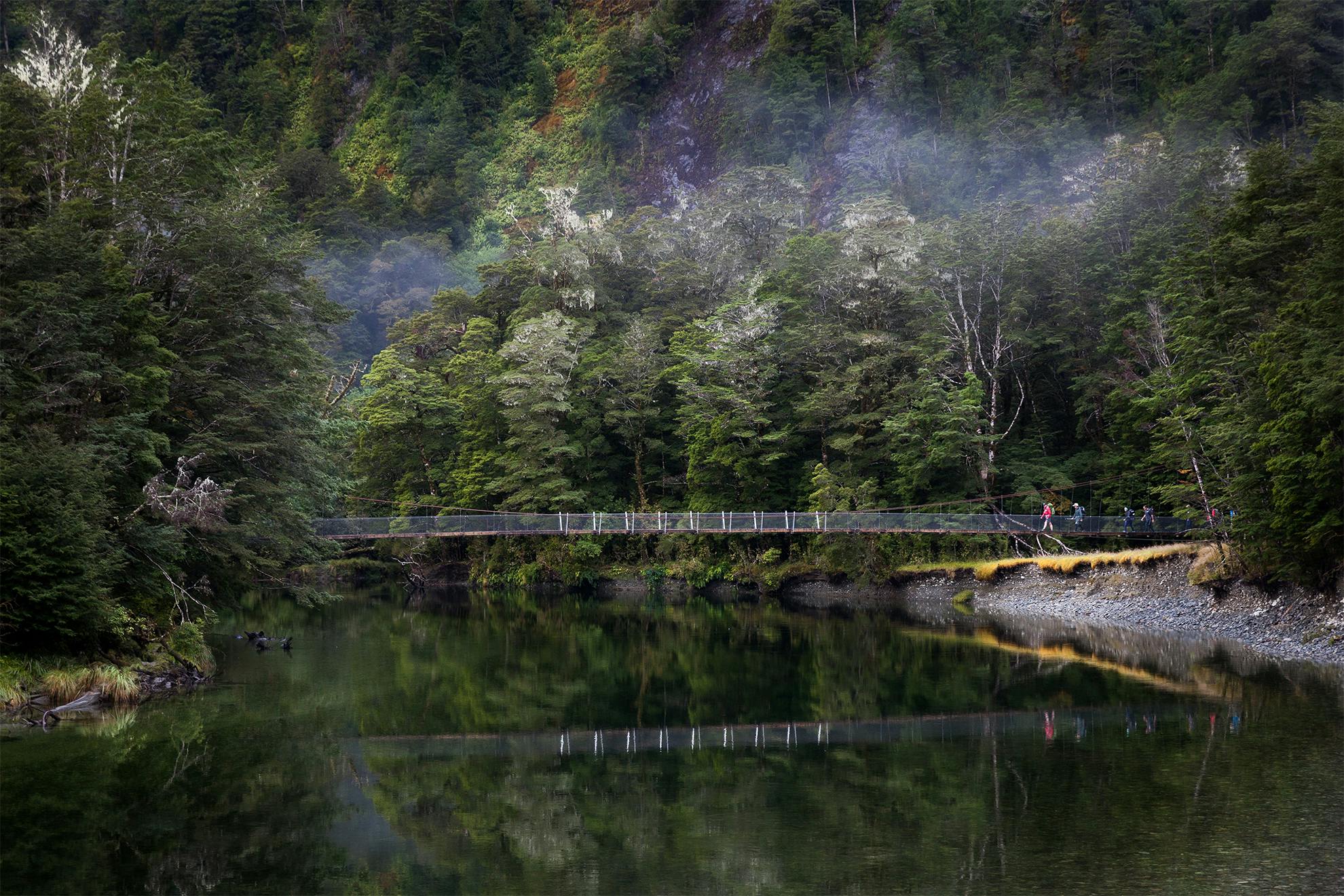Most of us will, at some time, have arrived at a place we did not intend to be in: we have been ‘geographically embarrassed’. How does this happen?
Over the years, I have been geographically embarrassed for three reasons:
- By following a track without paying sufficient attention to the map and terrain.
- By accepting that others knew better than me, and not speaking up when I thought it wasn’t quite right.
- By simply not paying enough attention.
The first occurred when I was a teenager and learning to read a map. On a planned family trip, a track had been re-routed and no longer went to the hut where we planned to stay. We’d checked in with the closest information centre, but weren’t told the track had changed, and signs at the start of the track had not been updated.
We followed track markers to an intersection with no signs. Eventually we found track markers indicating the route, but an hour passed before I looked at the map and started to question whether we were going the right way. We were following a ridgeline when we should have been descending into a river valley. Careful consideration of the map showed that we should have taken the other route at the junction. By then it was too late to reach the hut, so we set up our emergency shelters and camped out. It rained all night, after which we had an uneventful trip back to the junction and down to the hut. The lessons I learned were always to have a mental picture of the route so you know what to expect, and keep checking the map.
The second situation happened when I was with other instructors. About mid-morning we crossed a stream that one instructor identified on the map. I had my doubts but thought I must be wrong. Throughout the day several features didn’t fully add up, but, thinking the instructor must be right, I said nothing. That is, until late afternoon, when I found a defining feature and became certain I knew where we were. At this point I spoke up, and five minutes later was proven correct. I learnt that day always to speak up, even if I’m not sure of being right. It was a good lesson on confirmation bias, which was why the others had made the mistake. They had looked for features to confirm they were right rather than features that showed they were wrong.
The third situation occurred in the middle of a day when things were going well. I was following a track beside a river, using the river as a handrail, and not paying enough attention to what was around me. There was a steep bank along the river as far as I could see, and I started to feel uneasy because I knew I should leave the river soon. Then I noted there were no markers, even though I was clearly on a trail. I stopped and looked at the map and decided to backtrack a bit. Five minutes later I found where the track had climbed and left the river. I hadn’t been paying attention and had continued to follow an old track. It was a wake-up lesson for me to be more aware.
Each of these examples shows the sort of errors that have led people to become lost and necessitated a search – sometimes with fatal outcomes. For me, using a map and having location awareness meant these situations were just a case of ‘oops, that wasn’t meant to happen’. Each time, I took the opportunity to learn what I could do better. In the first two situations, I could easily have blamed others and not examined what I needed to change. Learning is the key to survival.
Heather Grady is an instructor with Outdoor Training New Zealand








